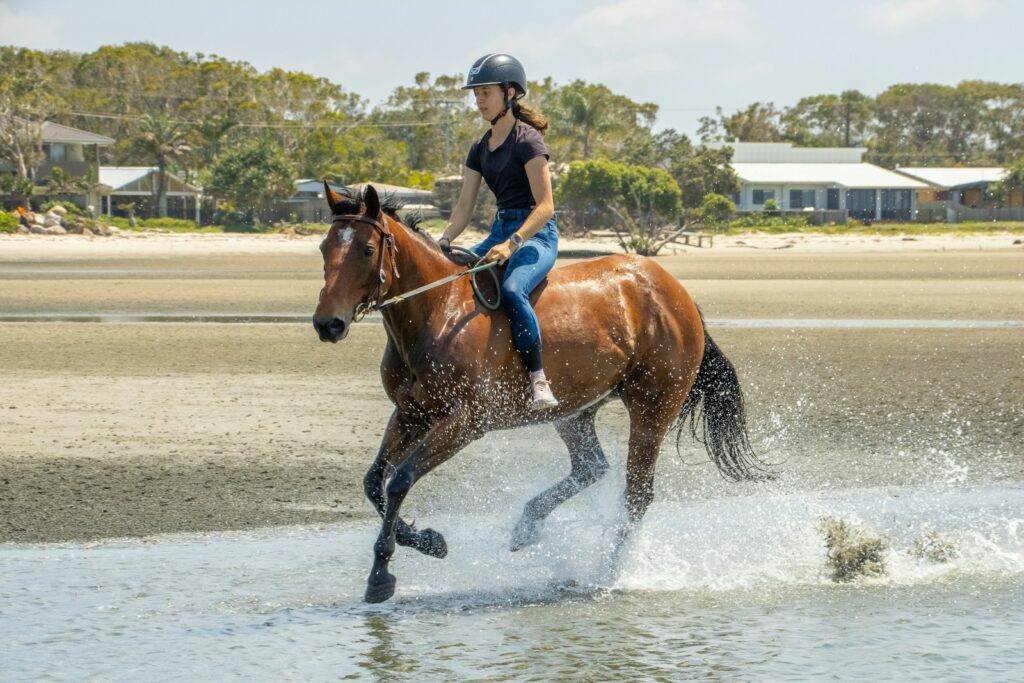Bareback riding offers a liberating experience and profound connection with your horse that traditional saddle riding can’t match. It’s an ancient form of horsemanship that predates saddles, requiring skill, confidence, and a deep understanding of your equine partner. While challenging at first, mastering bareback riding enhances your overall equestrian abilities by improving your balance, coordination, and communication with your horse. This guide will walk you through everything you need to know to ride bareback safely and confidently, helping you develop the skills to maintain balance while experiencing the unparalleled freedom of this traditional riding style.
Understanding the Basics of Bareback Riding
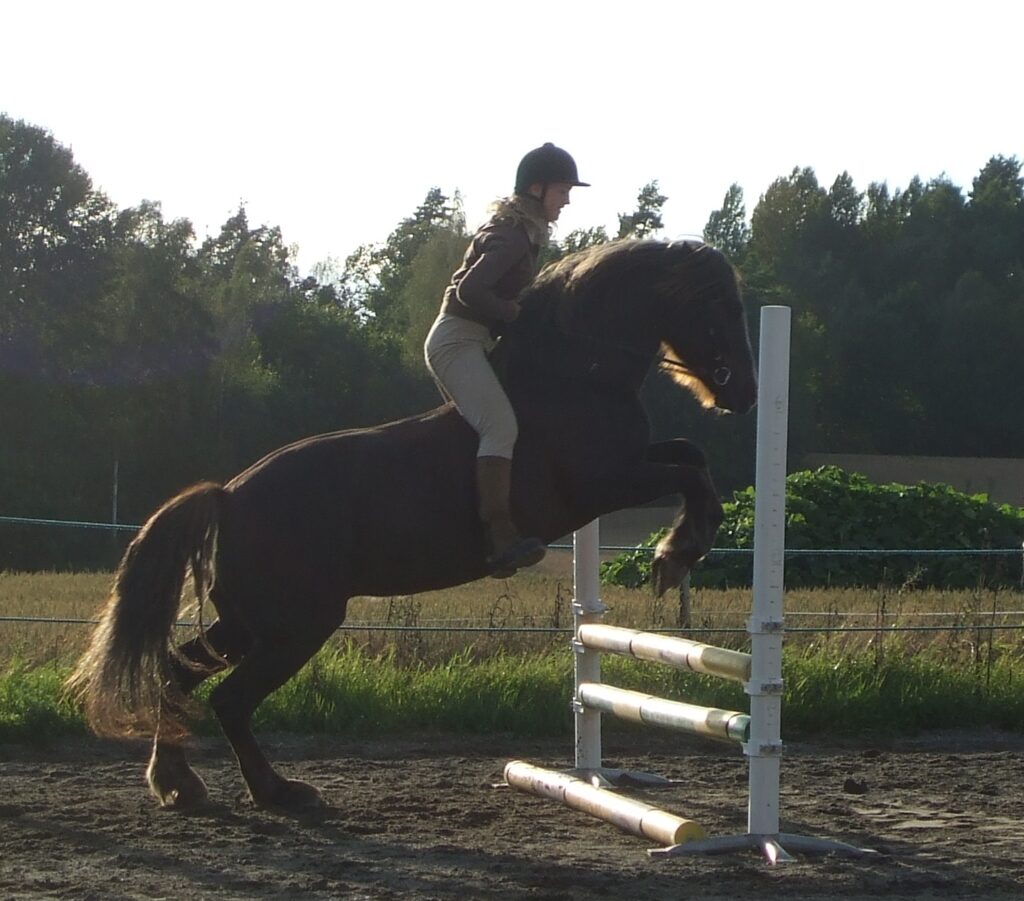
Bareback riding is exactly what it sounds like—riding a horse without a saddle, with nothing between you and your horse except perhaps a thin bareback pad. This style of riding creates a direct connection with your horse’s movements, allowing you to feel every shift and muscle contraction. Unlike riding with a saddle, bareback riding relies entirely on your natural balance and core strength rather than the support of stirrups and a secure seat. Many experienced riders consider bareback riding an essential skill that improves overall horsemanship by developing a deeper awareness of the horse’s movements and better communication through your seat. Historically, many cultures rode exclusively bareback or with minimal equipment, demonstrating that humans can develop remarkable riding abilities without modern tack.
Prerequisites Before Attempting Bareback Riding
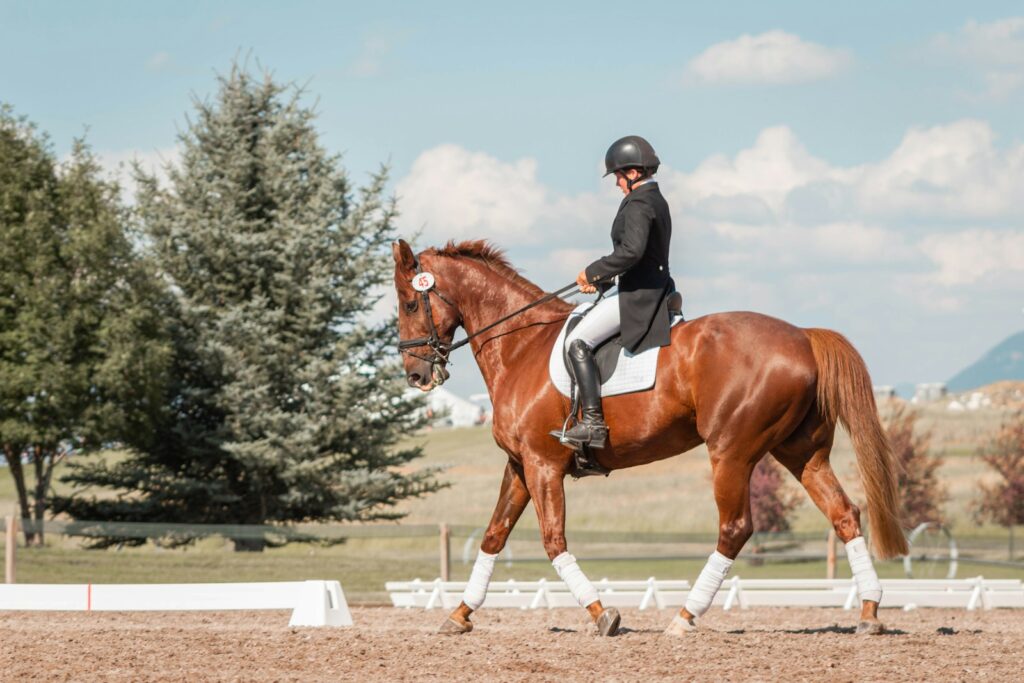
Before attempting bareback riding, certain foundations should be in place to ensure safety and success. First, you should already be comfortable riding with a saddle and have developed basic balance and control skills. Your horse should be well-trained, responsive to leg and seat aids, and comfortable with human contact on their back. It’s also essential to have established mutual trust with your horse—bareback riding amplifies the connection between horse and rider, but it also requires a higher level of trust from both parties. Additionally, ensure you have access to a controlled environment for your initial attempts, such as an enclosed arena with good footing. Having an experienced horse person present during your first few bareback sessions can provide valuable guidance and assistance if needed.
Choosing the Right Horse for Bareback Riding
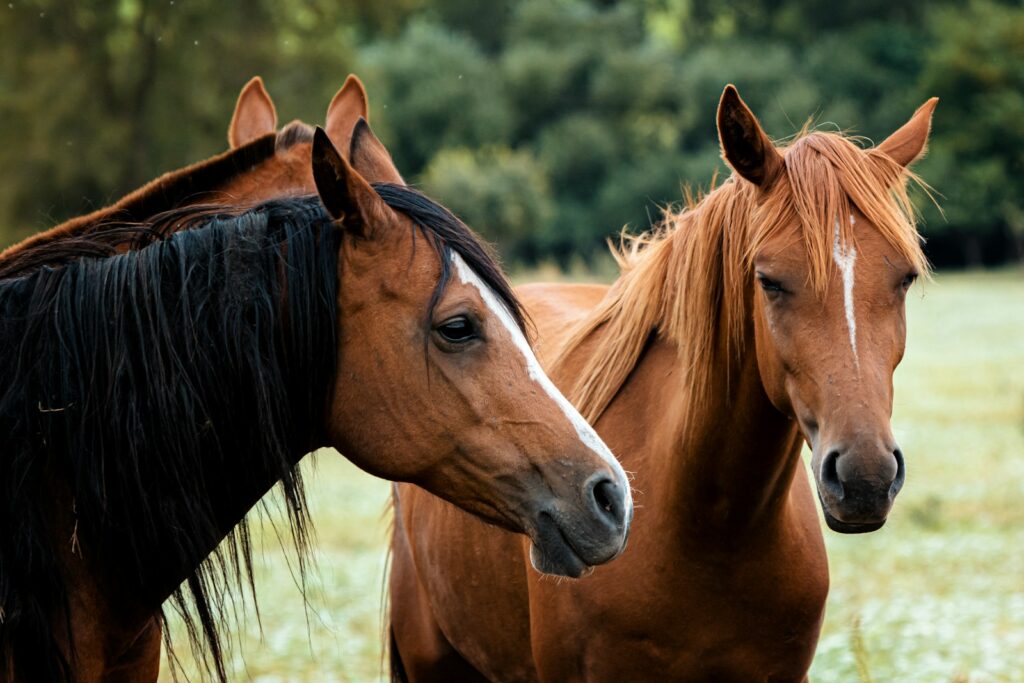
Not all horses are ideal for beginning bareback riders, and selecting the right equine partner significantly impacts your learning experience. The best horses for learning bareback riding typically have a smooth gait, calm temperament, and comfortable conformation. Horses with high withers (the ridge between the shoulder blades) or prominent spines can be uncomfortable to ride bareback and may require a bareback pad for comfort. Quarter Horses, many draft crosses, and some pony breeds often have naturally flat, wide backs that provide a more comfortable and stable seating area for bareback riding. Temperament is equally important—choose a horse that’s steady, predictable, and unlikely to make sudden movements or spook easily while you’re learning. Most importantly, select a horse you’re already familiar with and have established rapport and trust.
Proper Mounting Techniques for Bareback Riding
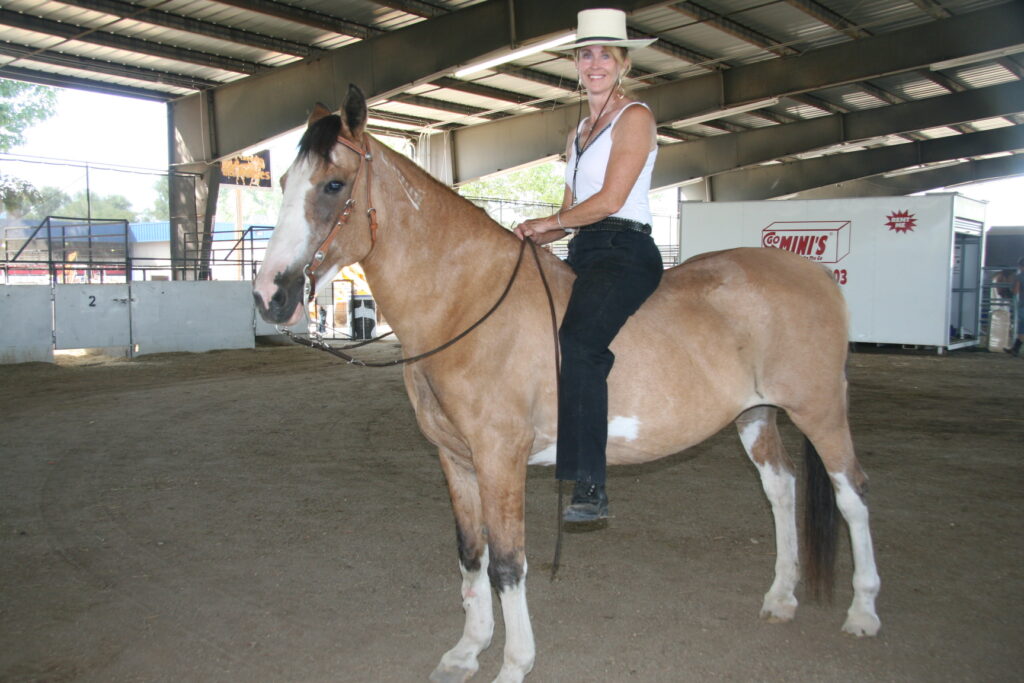
Mounting a horse bareback requires different techniques than mounting with a saddle since you don’t have stirrups to assist you. The safest approach for beginners is to use a mounting block or elevated surface that allows you to gently slide onto your horse’s back without pulling on their mane or bouncing against their side. Position your horse alongside the mounting block, ensuring they stand square and balanced. Place one hand on the withers and the other holding a small section of mane for stability, then gently swing your leg over and lower yourself onto the horse’s back. If a mounting block isn’t available, you can ask for a leg-up from an assistant, using the same hand positioning to stabilize yourself. Experienced bareback riders can perform athletic ground mounts, but these require significant upper body strength and coordination and aren’t recommended for beginners.
Finding Your Seat and Center of Gravity
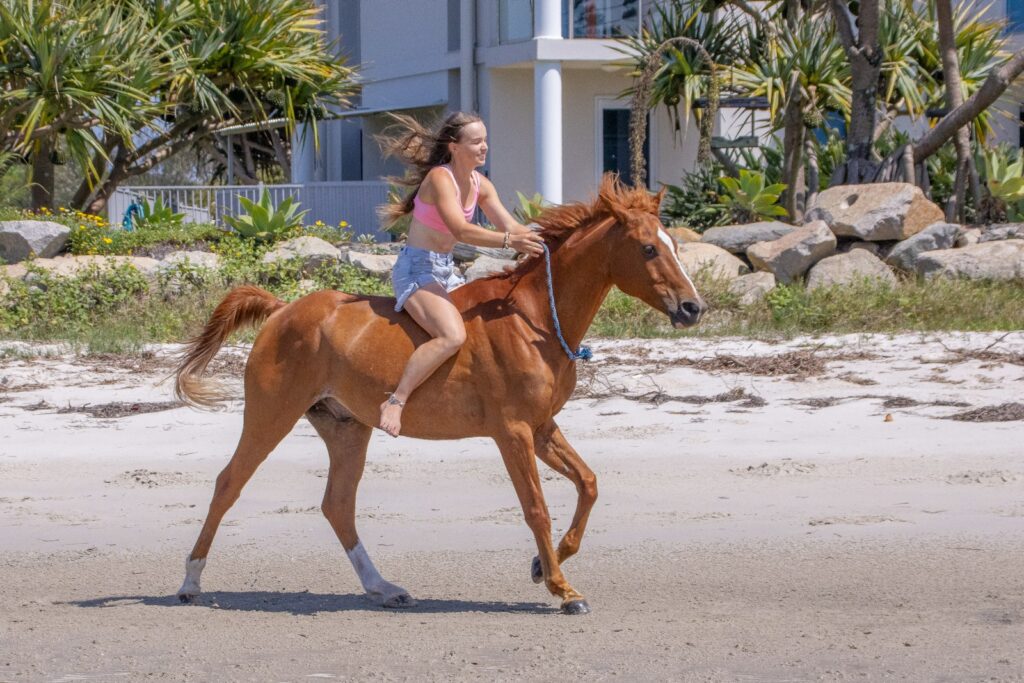
The core challenge of bareback riding is finding and maintaining your center of gravity in harmony with your horse’s movement. Begin by sitting slightly forward of where you would in a saddle, typically just behind the withers where the horse’s back forms a natural “pocket.” Your sitting bones should make firm, even contact with the horse’s back, while your weight distributes evenly between both hips. Visualize your weight sinking down through your center rather than perching on top of the horse. A helpful mental image is to imagine roots growing from your sitting bones down through the horse’s body and into the ground. Once mounted, take time to feel your horse’s breathing and the subtle shifts in their body before asking for movement. This connection moment helps establish your balance point and prepares your body to move in synchronization with your horse.
Correct Body Alignment for Maximum Stability
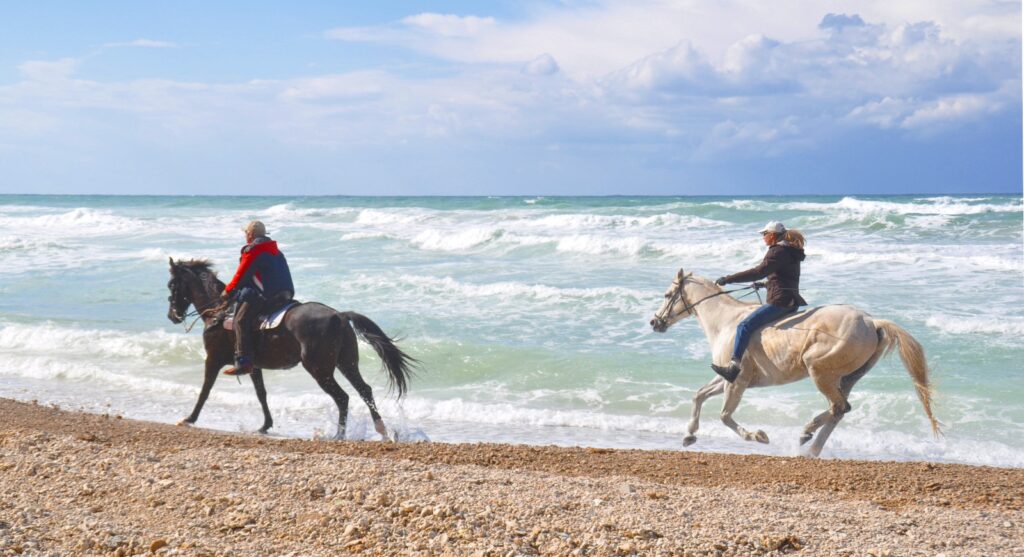
Proper body alignment is crucial for maintaining balance during bareback riding and begins with your core engagement. Keep your spine aligned naturally—not rigid, but not slouched either—with your shoulders relaxed and positioned directly above your hips. Your legs should hang naturally along the horse’s sides with a slight bend in the knee, allowing your calves to maintain light contact with the horse’s barrel. Avoid gripping with your knees as this destabilizes your position and can signal the horse to speed up. Your feet should hang with heels slightly lower than toes, similar to proper position with stirrups, though not exaggerated. Keep your head up, looking forward in the direction of travel, as looking down shifts your weight forward and compromises balance. Throughout your ride, periodically check your alignment by mentally scanning from head to toe, making small adjustments as needed.
Using Your Core Muscles Effectively
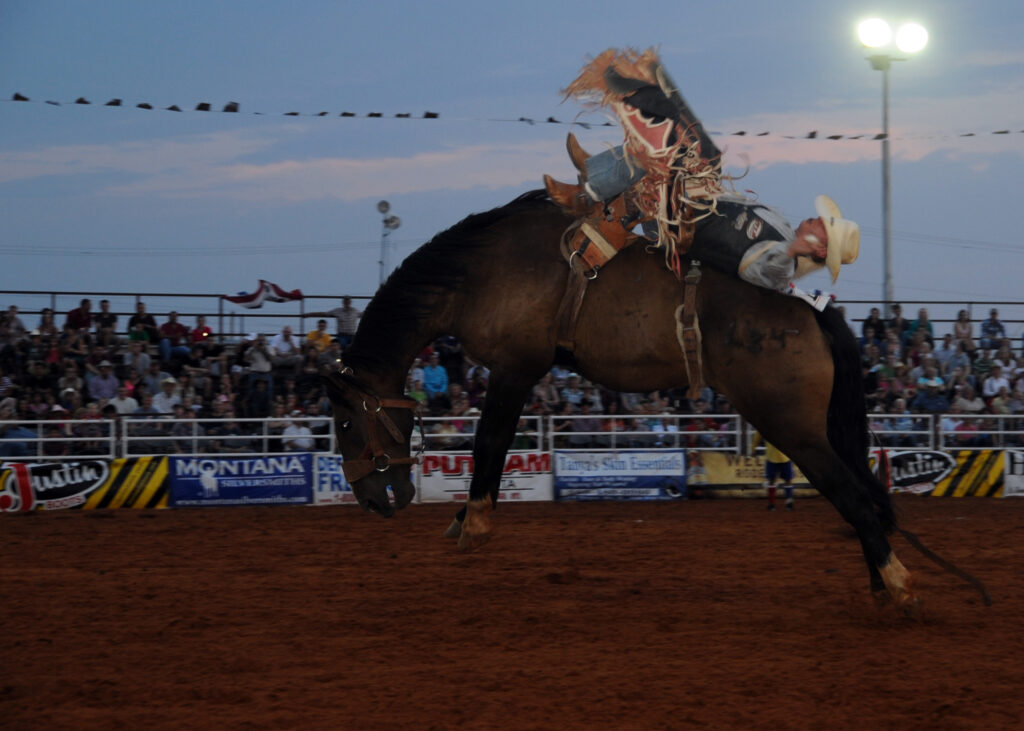
Your core muscles—the abdominals, lower back, and pelvic floor—form the foundation of bareback riding balance. When these muscles work in concert, they create a stable platform that can absorb and move with the horse’s motion. Begin developing core awareness by engaging your abdominal muscles lightly, imagining drawing your navel toward your spine without tensing or holding your breath. This engagement should feel supportive rather than restrictive, allowing natural breathing and movement. The pelvic floor muscles, which span the bottom of your pelvis, provide crucial stability when gently activated in coordination with your abdominals. During your ride, focus on maintaining this core engagement while keeping your upper body relaxed and responsive. Off-horse exercises like planks, yoga, and Pilates can significantly strengthen these essential muscle groups, improving your bareback riding balance substantially over time.
Leg Position and Engagement Techniques
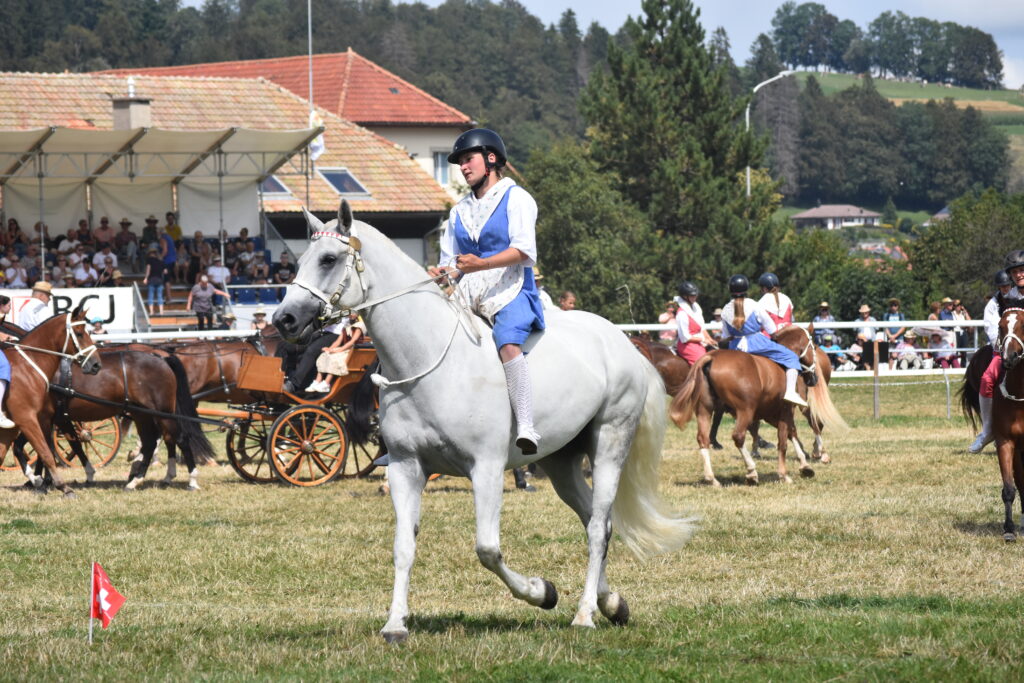
While core strength forms your foundation, proper leg position creates the framework for bareback balance. Unlike riding with a saddle where stirrups support your legs, bareback riding requires your legs to hang naturally with light, consistent contact along the horse’s sides. The common mistake of gripping with the knees creates instability by raising your center of gravity and disconnecting your seat from the horse’s back. Instead, think of gently hugging with your whole leg, from thigh to calf, maintaining even pressure that’s supportive without being restrictive. Your lower leg should remain relatively still against the horse’s side, serving as both a stabilizing force and a communication tool. For maximum stability, imagine your leg wrapping around the barrel of the horse, with weight sinking naturally through your heels. This connected leg position creates a tripod effect when combined with your balanced seat, significantly enhancing your overall stability.
Developing Feel and Rhythm With Your Horse
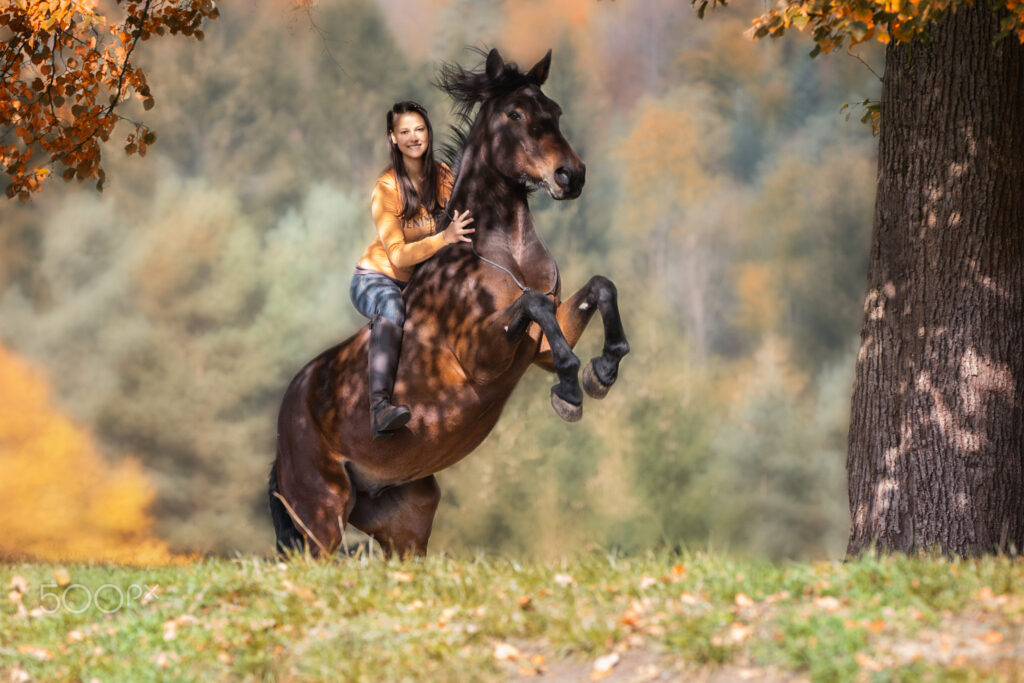
Bareback riding success depends largely on developing “feel”—the intuitive sense of moving in harmony with your horse’s rhythm. Begin developing this skill by riding at a walk on a quiet, familiar horse, focusing entirely on the sensation of the horse’s movement beneath you. Notice how each footfall creates a different feeling in your body and how the horse’s back swings slightly from side to side with each step. Gradually synchronize your body’s movement with these patterns, allowing your hips to follow the natural motion rather than resisting it. As your feel develops, you’ll begin to anticipate shifts in the horse’s balance and movement before they occur, allowing you to make subtle adjustments that maintain your balance. This rhythmic connection transforms bareback riding from a constant balancing challenge into a fluid, dance-like partnership where horse and rider move as one coordinated unit.
Progression: Walking to Trotting Safely
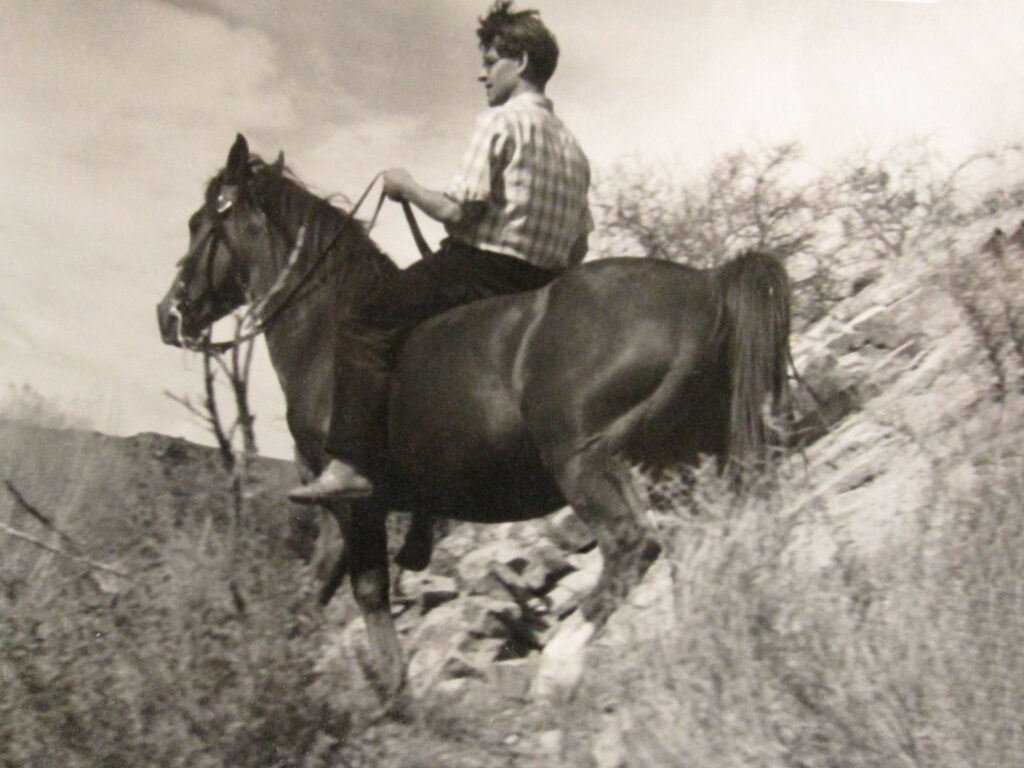
Moving from walking to trotting bareback represents a significant increase in difficulty and should be approached methodically. Begin with short intervals of trotting—perhaps just a few strides—while holding lightly onto the mane for additional security if needed. The trot’s two-beat gait creates more vertical movement than the walk, requiring greater core stability and a more refined ability to absorb motion through your pelvis and lower back. Rather than bouncing against the horse’s back, focus on settling deeper into your seat and moving with the rhythm. The posting trot (rising and sitting in rhythm with the stride) is generally more challenging bareback than sitting the trot, so most riders master the sitting trot first when riding without a saddle. Practice transitions frequently—walking, adding a few trot steps, then returning to walk—which builds confidence gradually while developing the balancing reflexes needed for sustained trotting.
Advanced Movements: Cantering and Beyond
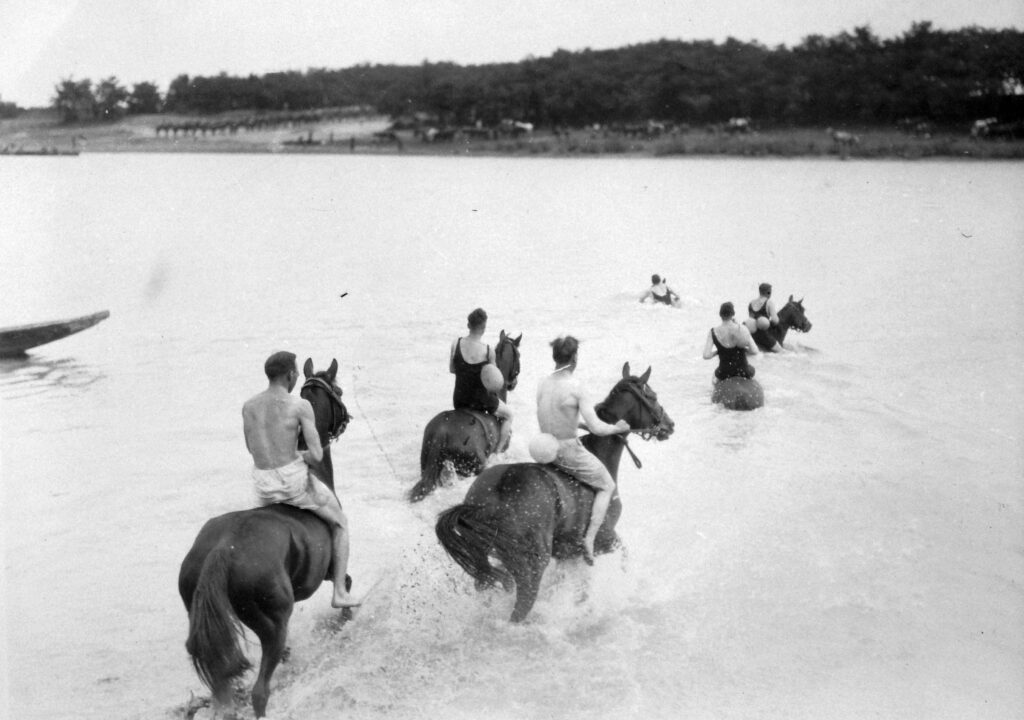
Once comfortable at the walk and trot, cantering bareback offers a surprisingly smoother experience for many riders due to its rolling, three-beat rhythm. When preparing to canter bareback, ensure your horse is responsive to subtle cues and that you can maintain consistent balance at the trot. The transition into canter requires momentary additional balance as the horse shifts gaits, so prepare by deepening your seat and slightly increasing core engagement just before cueing. During the canter, focus on keeping your upper body tall while allowing your hips to follow the horse’s rolling motion. Many riders find it helpful to think of their upper body as a steady pivot point while their pelvis moves in a gentle rocking motion with the horse’s stride. As your bareback skills advance further, you may eventually progress to jumping small obstacles, performing dressage movements, or even riding bridle-less, all of which build upon the fundamental balance and connection developed in basic bareback riding.
Using Bareback Pads and Other Aids
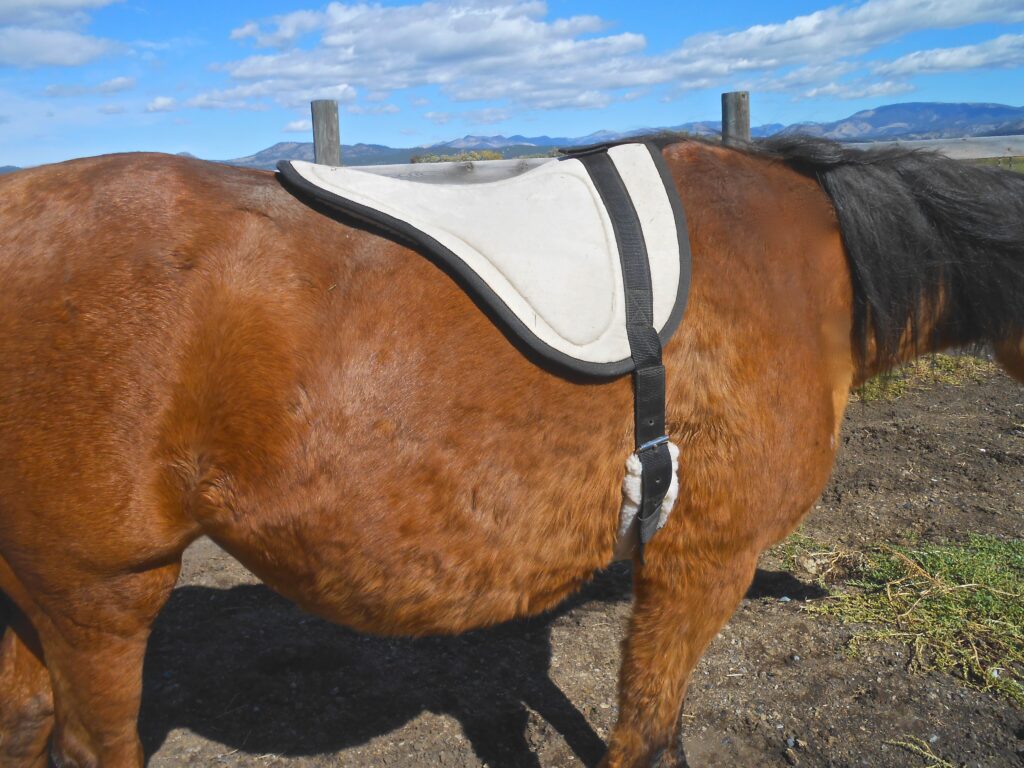
While purists may prefer riding directly on the horse’s back, bareback pads can be valuable tools for building confidence and comfort, especially for beginners. These thin, flexible pads provide modest cushioning and improved grip without the structure of a saddle, offering a middle ground between true bareback riding and using a saddle. When selecting a bareback pad, look for models with minimal bulk that won’t interfere with your ability to feel the horse’s movement. Some pads include handles or grips that can provide additional security during the learning process, though it’s important not to become dependent on these features. Another helpful aid for beginners is a neck strap—a simple leather or rope loop that rests on the horse’s neck and provides an emergency handhold if you momentarily lose balance. As your skills advance, gradually reduce reliance on these aids to develop true independent balance.
Common Mistakes and How to Avoid Them
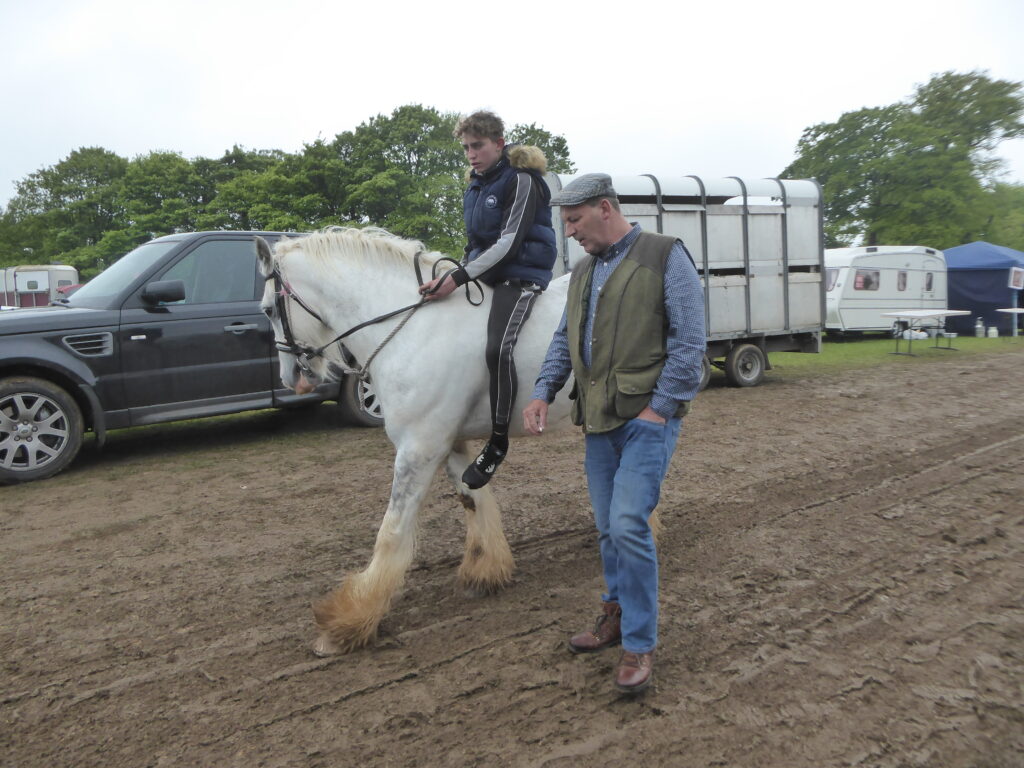
Several common mistakes can hinder progress when learning to ride bareback. Perhaps the most prevalent is tension—gripping with the legs, hunching the shoulders, or tightening the back—which ironically makes balancing more difficult by preventing your body from moving with the horse. Another frequent error is looking down at the horse or ground, which shifts your weight forward and compromises stability. Some riders unconsciously lean back, especially when feeling unbalanced, creating an uneven weight distribution that confuses the horse. Many beginners also make the mistake of attempting too much too soon, trying to trot or canter before mastering balance at the walk. Avoid these pitfalls by remaining mindful of your body position, practicing relaxation techniques while riding, maintaining a forward gaze, and progressing gradually through the gaits. Regular video recording of your practice sessions can help identify these issues, as many riders aren’t aware of their habitual patterns until seeing them from an external perspective.
Building a Progressive Training Program
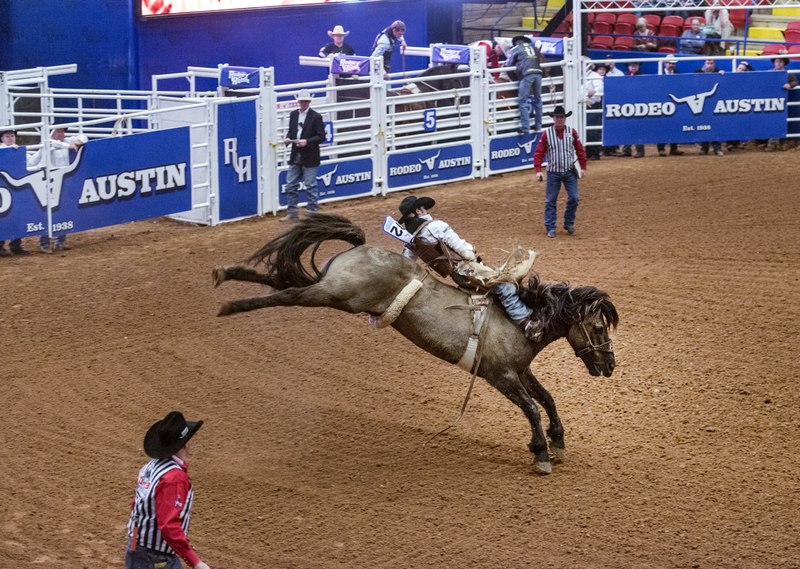
Developing bareback riding skills requires a systematic approach that builds confidence and ability incrementally. Begin with short sessions of 10-15 minutes focused entirely on balance at the walk in a controlled environment, gradually increasing duration as your comfort grows. Once solidly balanced at the walk, introduce brief intervals of trotting—perhaps just a few strides initially—followed by returning to walk. As your skills advance, extend these trotting intervals and begin incorporating circles and changes of direction, which demand greater balance and coordination. After mastering various patterns at the walk and trot, introduce the canter following the same progressive approach: short intervals initially, gradually extending the duration and complexity. Throughout this process, incorporate specific exercises like riding without reins (in a safe enclosed area), closing your eyes momentarily at the walk to enhance your feel, and practicing transitions between gaits, which particularly challenge balance. This measured progression builds both physical capability and confidence, setting the foundation for advanced bareback riding.
Exercises to Improve Balance Off the Horse
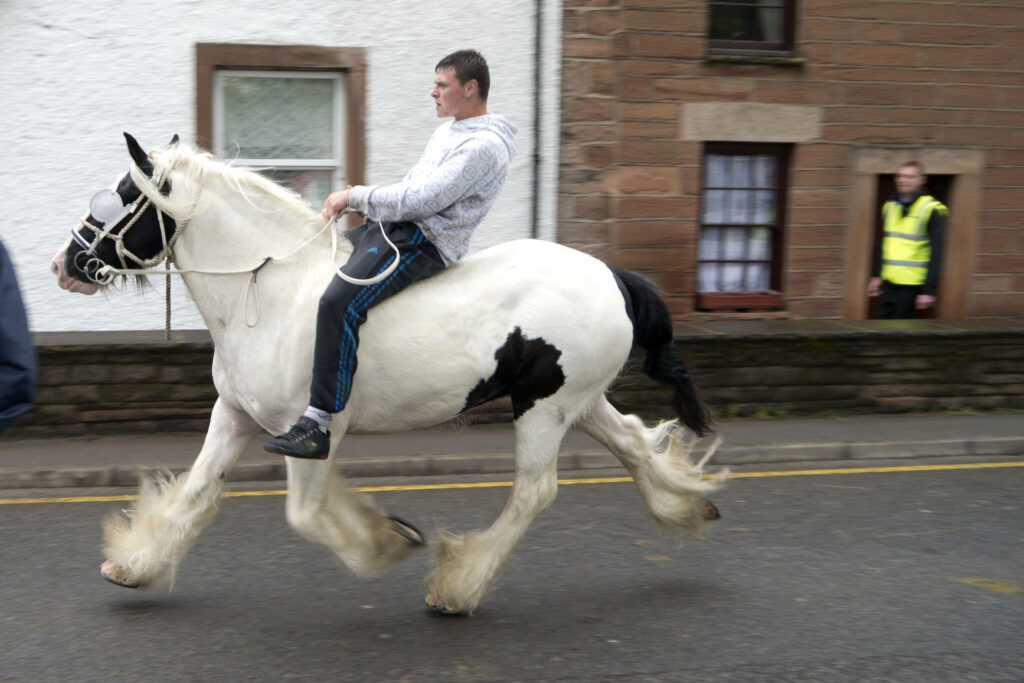
Complementing your mounted practice with targeted off-horse exercises significantly accelerates your bareback riding progress. Core-strengthening workouts like Pilates and yoga develop the essential muscular foundation for balance while improving body awareness and flexibility. Balance-specific exercises, such as standing on one leg or using balance boards, train the proprioceptive system that helps you make unconscious adjustments while riding. Strength training focused on the posterior chain—glutes, hamstrings, and back muscles—builds the muscular endurance needed for longer bareback sessions. Cardiovascular fitness is equally important, as fatigue quickly compromises balance and coordination during riding. Even simple daily habits like sitting on an exercise ball instead of a chair or practicing good posture while walking can contribute to the body awareness and muscular engagement patterns needed for effective bareback riding. Consistency with these complementary exercises often yields noticeable improvements in mounted balance within just a few weeks.
While bareback riding presents unique challenges, the rewards—enhanced connection with your horse, improved overall riding skills, and the pure joy of feeling your horse’s movement directly—make mastering this art well worth the effort. By focusing on proper position, developing core strength, maintaining relaxation, and progressing methodically through increasingly challenging exercises, you’ll build the balance and confidence needed to ride securely without a saddle. Remember that even experienced riders continue to refine their bareback skills throughout their equestrian journey. Each horse offers different learning opportunities through their unique movement patterns and responses. Whether your goal is improving your general horsemanship, connecting more deeply with your equine partner, or simply enjoying the timeless pleasure of riding as humans have for thousands of years before saddles were invented, bareback riding offers a path to becoming a more complete, capable equestrian.

